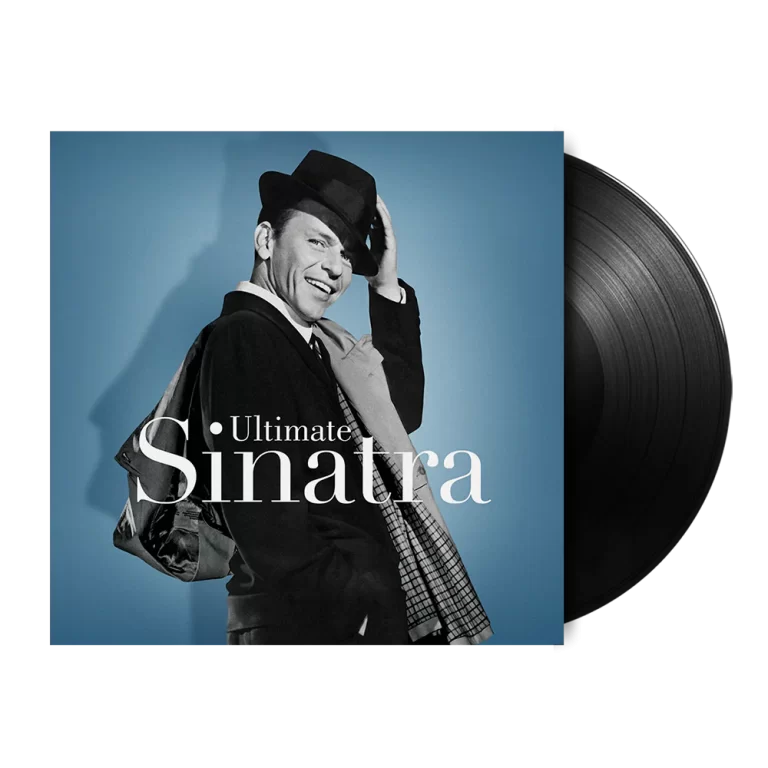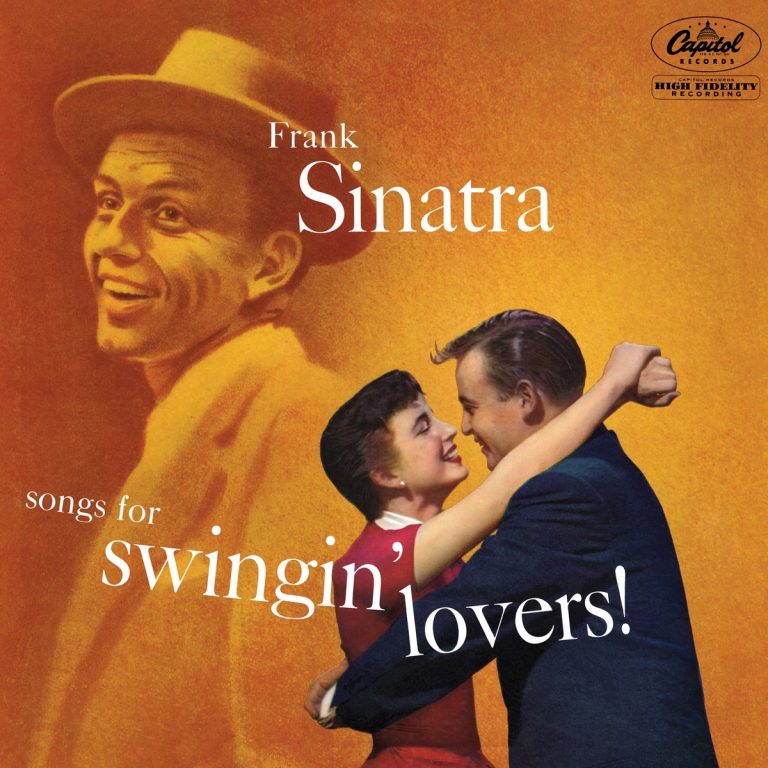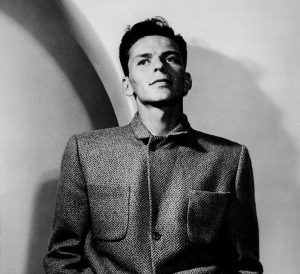In the history of 20th century popular music, there are just a handful of artists of truly legendary stature – and Frank Sinatra is surely one of them. Blessed with a voice that oozed charm, a natural gift for impeccably syncopated delivery, and bucket loads of charisma, Sinatra helped to define popular song. Here, we take a look at some of his key collaborations.
Harry James / Tommy Dorsey
Sinatra’s first big break came in June 1939 when, at the age of 23, he joined the Harry James Orchestra. Trumpeter James had just left Benny Goodman’s swing-era Big Band, and wanted to pursue a more pop-oriented sound with vocals. In Sinatra he found the perfect voice. Sinatra recorded 10 songs with James, including “All Or Nothing At All,” which went on to become a huge hit when it was reissued in 1943.

FRANK SINATRA Ultimate Sinatra
Available to purchase from our US store.In November 1939, Sinatra left James’s Orchestra to join another Big Band led by trombonist Tommy Dorsey. In their first year together alone, they recorded more than forty songs, among them “I’ll Never Smile Again,” which was a million-selling single in 1940. Sinatra stayed with Dorsey for three years before, in late 1942, striking out as a solo artist, taking everything he’d learned from his early mentors with him.
“All Or Nothing At All” and “I’ll Never Smile Again” can both be heard on the comprehensive 2015 compilation album “Ultimate Sinatra”.

Nelson Riddle
By the early 1950s, Sinatra had already been a big star for a decade, but his career had hit a slump. That changed in 1953 when he signed to Capitol and began a long and fruitful collaboration with arranger Nelson Riddle, who had made a name for himself writing arrangements for Nat King Cole. Their first hit was a version of Harold Arlen’s “I’ve Got The World On A String,” which announced Sinatra’s triumphant return.
It also set the template for a string of classic albums, including 1956’s “Songs For Swingin’ Lovers!” Here, Riddle’s gorgeous charts for Big Band and full string orchestra impart irrepressible verve and smooth sophistication to pop standards including “You Make Me Feel So Young” and “I’ve Got You Under My Skin.” Thanks to Riddle, for Sinatra, there was no looking back.

FRANK SINATRA Songs For Swingin' Lovers!
Available to purchase from our US store.Antonio Carlos Jobim / Nancy Sinatra
In 1960, Sinatra founded his own label, Reprise, giving him full control over his output, and granting him the freedom to explore new artistic avenues. The compilation album “Nothing But The Best” collects some of his best-loved songs released on Reprise, almost all from his creatively fertile 1960s period. It also features some daring collaborations.
In 1967, Sinatra teamed up with Brazilian composer and father of bossa nova Antônio Carlos Jobim for the album “Francis Abert Sinatra & Antônio Carlos Jobim”, which featured original compositions by Jobim as well as standards from the Great American Songbook, arranged in a bossa nova style. Jobim’s “The Girl From Ipanema” is a gorgeous example of their creative synergy, Sinatra’s voice rolling like gentle waves over a lush orchestral bossa, with sweet counterpoint from Jobim’s romantic croon.
Also from 1967 is the international smash hit, “Somethin’ Stupid,” a duet with his 26-year-old daughter, Nancy Sinatra. Smooth, silly and sentimental, it never fails to lift the spirits.
The Count Basie Orchestra / Quincy Jones
Sinatra’s association with some of the biggest Big Bands in jazz continued throughout his career – and they didn’t come much bigger than the Count Basie Orchestra. Sinatra first recorded with Basie’s band in 1962 for the studio album Sinatra-Basie, but their most exciting collaboration is undoubtedly Sinatra’s first live album, “Sinatra At The Sands”, recorded in the famous Copa Room at the Sands Hotel and Casino in Las Vegas in 1966.
This stunning set captures Sinatra at his charismatic best, working the room with total control and fully living up to his nickname, the Chairman of the Board. Classic tunes such as “Come Fly With Me” are given definitive readings, while louche comic asides reveal the consummate entertainer in his element. Basie’s huge band provide big, bold and seriously swinging accompaniment, masterfully arranged and conducted by the 32-year-old Quincy Jones. It’s quintessential Sinatra.

Aretha Franklin / Luciano Pavarotti
By the end of his life, the biggest names in music were queueing up to sing with Sinatra – and many of them got their chance in 1993 and 1994, when Sinatra released two albums of vocal duets with a stellar cast of top vocalists from diverse genres. The 20th anniversary edition of “Duets” collects these two landmark albums into one expanded extravaganza.
Highlights include The Queen of Soul, Aretha Franklin, singing on “What Now My Love” with a more jazz-inflected style than usual – and totally owning it. And a previously unreleased version of Sinatra’s signature tune, “My Way,” finds him belting it out with opera maestro Luciano Pavarotti, each pouring torrents of emotion into every syllable. It’s fitting tribute to an artist who set a gold standard for what it means to communicate through song.
Daniel Spicer is a Brighton-based writer, broadcaster and poet with bylines in The Wire, Jazzwise, Songlines and The Quietus. He’s the author of a book on Turkish psychedelic music and an anthology of articles from the Jazzwise archives.
Header image: Frank Sinatra. Photo: ©Philippe Halsman/Magnum Photos.


